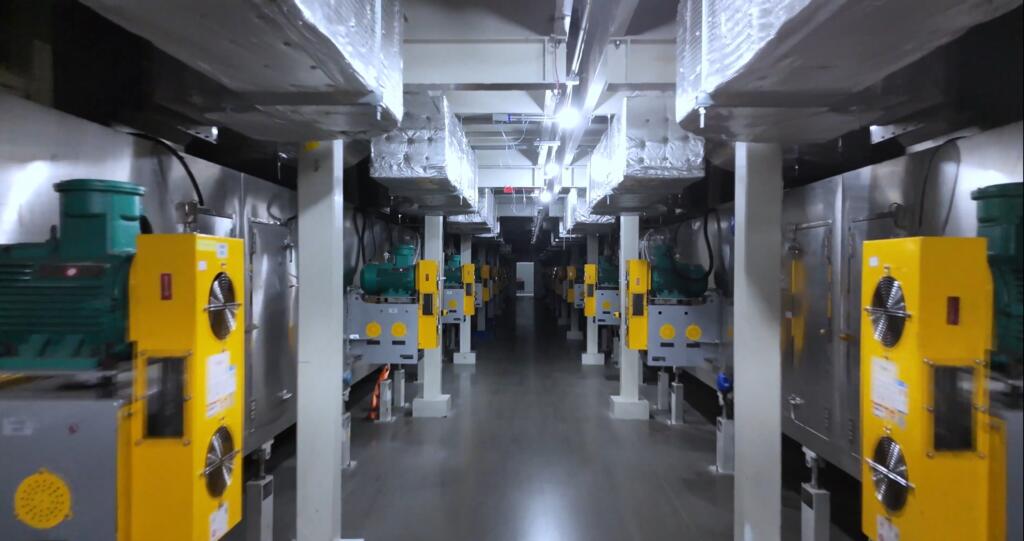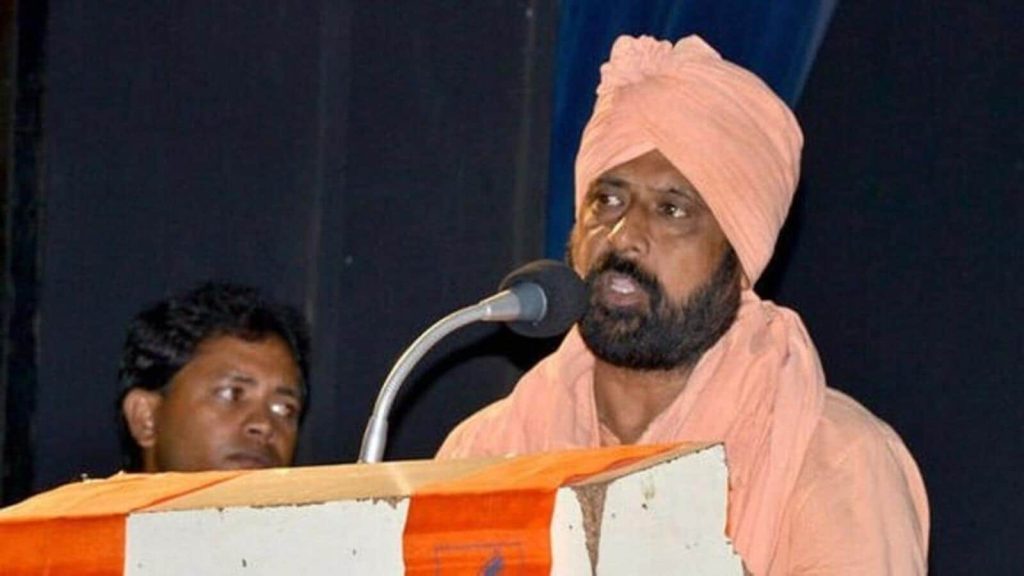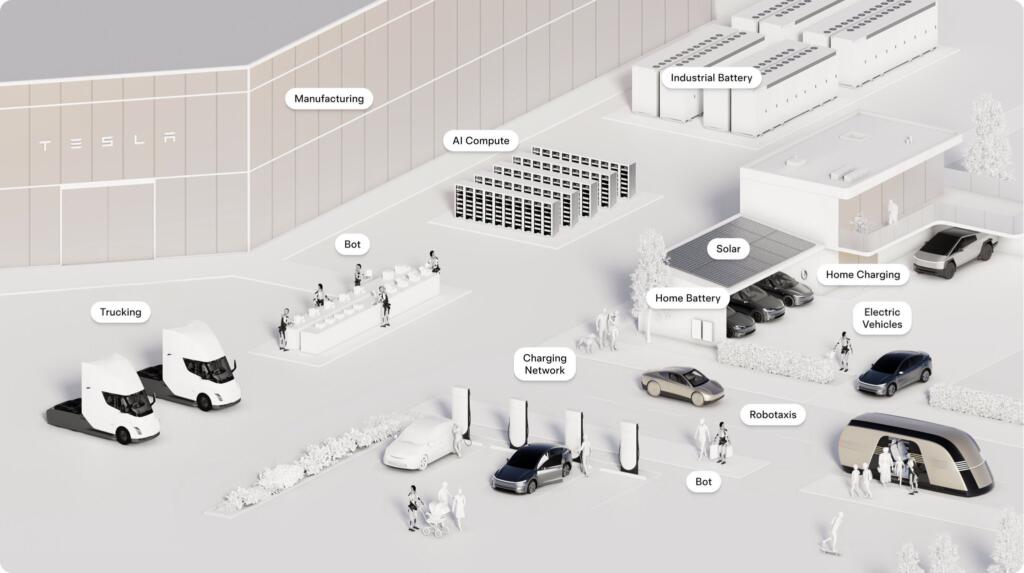Tesla has completed an Iron LFP battery factory in Nevada. This is probably going to take 1-2 years to hit volume production and the rumor is that the initial production capacity is 10 GWh per year. This is still pretty small by Tesla standards but a VERY meaningful first investment. Tesla will massively grow their in house LFP prismatic cell production, and possibly roll-in some of their learnings from the dry 4680 production lines in Austin.
The current scaling would only be to about 25% of current megapack production. Overall Tesla Megapack production will likely double over the next 12 months and continue scaling even more. Tesla needs to scale LFP battery production by 10X or more and to also make dry process 4680 versions of the batteries to supply cars. Tesla will need 100 GWh per year or more of megapack prismatic LFP batteries for North America in 2028. Tesla can use CATL LFP batteries for China megapacks and some other Asian and European markets.
Nearing completion of our first LFP cell manufacturing factory in North America pic.twitter.com/OLNRWajz4l
— Tesla (@Tesla) June 28, 2025

It is still using the wet process:
-They likely bought this equipment at low cost from CATL over 18 months ago because CATL had surplus equipment (according to the rumors). CATL uses a wet process.
-Tesla is still struggling to ramp a fully dry 4680 and a wet process would have just been easier for the time being. Tesla has not ramped the dry cathode process.
-A bonus third point might be that intermittent coating is required for prismatic cells, and a dry process can’t do that.
Tesla is using prismatic cells for three reasons:
-Tesla implied these cells will be used for grid storage in the last earnings call. Prismatic works better for grid storage.
-Again, this equipment was likely purchased from CATL. CATL mostly produces prismatic.
At 35 seconds, it appears to show prismatic cells in the lower left hand corner of the screen.
Three questions answered on Tesla’s new LFP cell production lines:
1) Will this factory use a dry or wet coating process?
Several images indicate a wet coating process, especially the one below that appears to show drying ovens.
This was expected, and there are two reasons… https://t.co/PexrhhsIAw pic.twitter.com/kdwY3b8nZZ— The Limiting Factor (@LimitingThe) June 28, 2025

Brian Wang is a Futurist Thought Leader and a popular Science blogger with 1 million readers per month. His blog Nextbigfuture.com is ranked #1 Science News Blog. It covers many disruptive technology and trends including Space, Robotics, Artificial Intelligence, Medicine, Anti-aging Biotechnology, and Nanotechnology.
Known for identifying cutting edge technologies, he is currently a Co-Founder of a startup and fundraiser for high potential early-stage companies. He is the Head of Research for Allocations for deep technology investments and an Angel Investor at Space Angels.
A frequent speaker at corporations, he has been a TEDx speaker, a Singularity University speaker and guest at numerous interviews for radio and podcasts. He is open to public speaking and advising engagements.
























